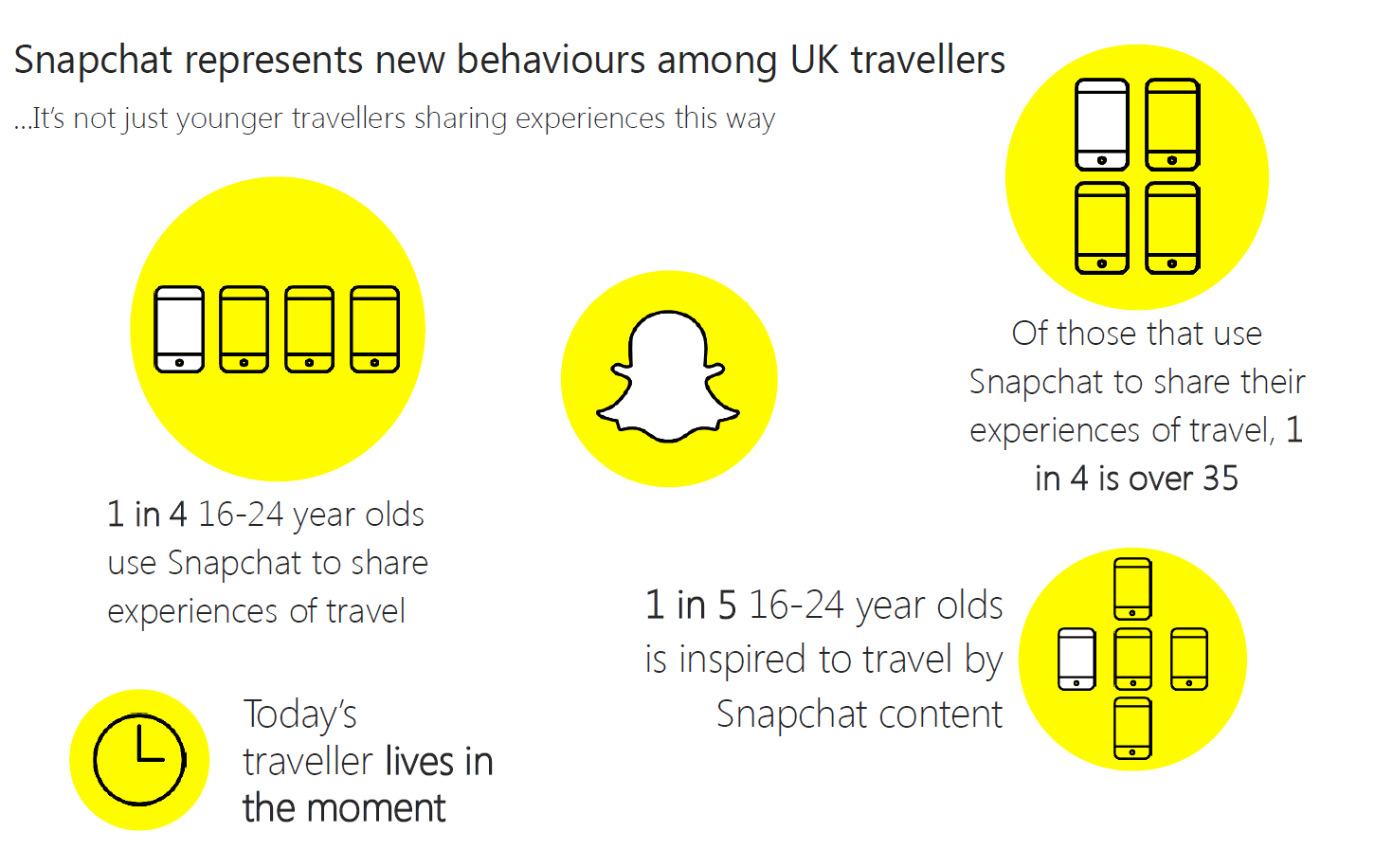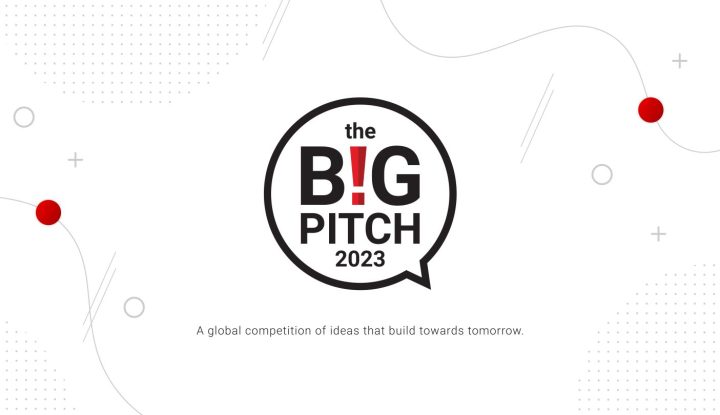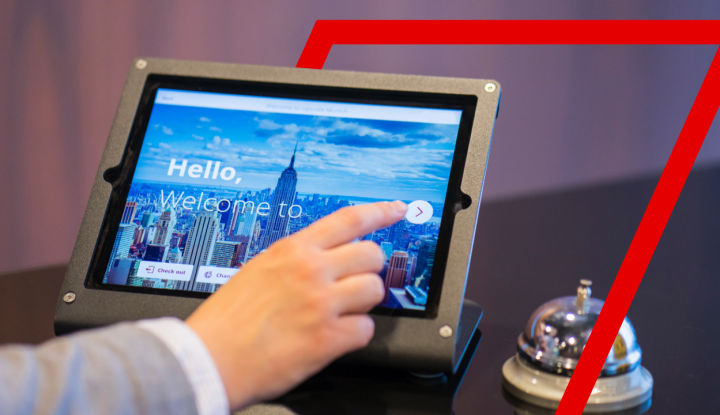Wearables, the extension of the smartphone
The creation of wearable technology was the next natural step after the smartphone. The familiarity of the technology explains why it was so well . In the first year Apple sold 12 million watches, double the amount of iPhones sold in its first year. Long before the Apple Watch, the Pebble smartwatch was the most funded Kickstarter project ever raising over $20 million. Smartwatches act as an extension of a smartphone on the user’s wrist with similar (but simplified) functionality. The power of a smartwatch comes in its design – in just a quick glance users can tell when a notification is important or not. On top of this, many developers are pushing simplified versions of their apps to smartwatches, opening up numerous unseen possibilities of this technology. Hotels are also quickly jumping to support smartwatches. Instead of getting a keycard for your hotel room this app turns your watch into a key – simply tap the watch against the door and it unlocks. This eliminates the need to keep track of a keycard, making the customer’s life just that much easier. Having the ability to get fast notifications on your flight status right on your wrist is a major bonus when flying. Within airlines, smartwatches are already being used to replace boarding passes. Developers are testing ways to further this technology, such as creating lists of customer food and drink preferences so flight attendants can have quick access to this info. As a package, these small touches create a better passenger experience.
The launch of keyless entry via Apple Watch.
Enhancing reality – virtual or augmented
The recent development of consumer-grade virtual reality headsets is big news for travel. Numerous different industries are experimenting with virtual and augmented reality. This technology is ideal for creating an immersive experience. It allows users to travel virtually to places they have never been before, making it a powerful travel marketing tool. There are many possibilities with this technology. Some are already deploying this technology – and they’re seeing results. Pokemon Go has become one of the most successful augmented reality games ever – it set a new Apple record as the app with the most downloads in its first week. Some travel agencies are finding a lot of value in using virtual reality as a “try before you buy” feature. In 2015, Thomas Cook had 10 store locations in the U.K., Germany and Belgium using virtual reality as a sales tool to allow customers experience a virtual helicopter ride above New York. They saw a 190 percent increase in revenue with New York trips through letting customers virtually experience the city. Marriott went big with virtual reality with an unusual marketing project called The Teleporter. The Teleporter is a powerful tool that gives customers a brief experience with a destination, leaving them wanting to travel there. It can also be used to take virtual tours of Marriott hotels to help customers get a feel for what they would be buying. All the senses are triggered, building an emotional response through technology. A clever – and effective – case study of VR in travel.Social media’s new king: Snapchat
Social media has been a disruptive technology to most companies because its 24/7, unfiltered nature. For the first time, “word of mouth” went digital meaning people from everywhere could hear good (or bad) things about a company. Facebook created a platform for friends and family to post updates and share photos, Twitter introduced brevity. And now there’s Snapchat, a platform many companies are still figuring out. Snapchat has become a breakthrough technology on its own, as it redefined the way users engage with the content creation process. Snapchat is the perfect social media for travel companies because it can give genuine insight into a company and destination, says Sabre social media manager D’Andrea Willis:“Snapchat provides an opportunity for travel companies to offer an inside look into their business, amplify a thought leader or offer instant customer service on a connected platform that feels genuine.”Millennials and Generation Z are by far the major user base of Snapchat. These generations already have a massive amount of spending power, and soon they’ll be the main group of travelers. In a report from Skift it was estimated that by 2020, 50% of business trips will be taken by Millennials and by 2025 they would make up 75% of the workforce. As this generation travels more for business, it’s possible to target this them, even as they extend their business trips for leisure activities. Tapping into bleisure travelers through Snapchat means showing younger travelers interesting reasons to extend their business trips.

Sabre research on the popularity of Snapchat in the UK.







